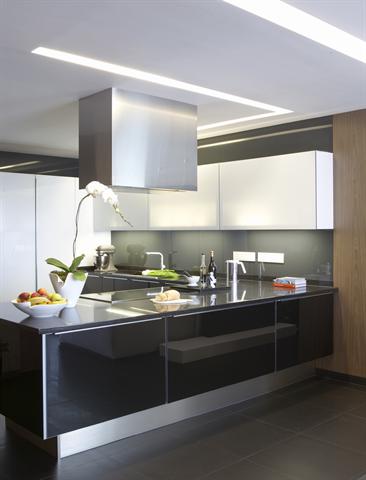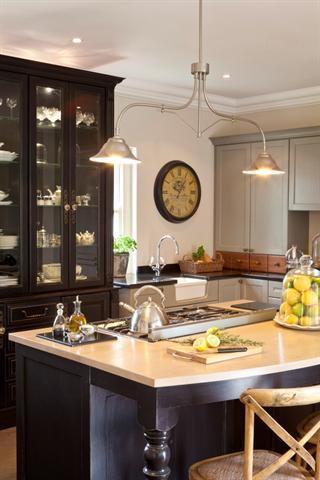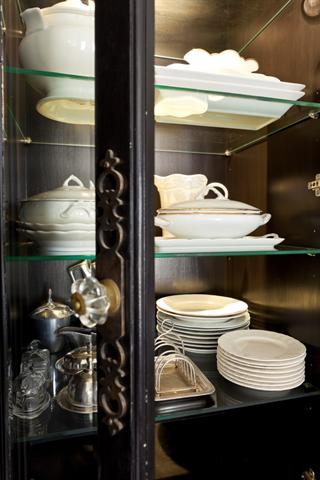The right lighting can make or break a kitchen. Here’s how you can transform yours by incorporating all the fundamentals: task, ambient, accent and decorative lighting
While the kitchen is multi-purpose family area, a well-designed kitchen lighting scheme should comprise various types of lighting. Melissa Davidson of The Lighting Warehouse explains: “The biggest mistake people make is trying to light their entire kitchen with one centrally placed fixture. Successful kitchen lighting should be layered in order to create a warm and inviting space that can function as both a practical cooking area and an appealing entertaining area and should include task, ambient, accent and decorative elements.”

Task lighting
Key areas for task lighting are underneath overhead cabinets and above the island, hob, sink and kitchen table. “Good choices include built-in cabinet downlighters, LED strip lights, undercounter fluorescent tube fittings or LED undercounter lights,” says Melissa. “The light source should always be in front of you so you won’t cast a shadow while cooking or washing up,” says Andrea Assirelli of Assirelli Italian Design.
YOU’LL ALSO LOVE: Design a kitchen that suits your style
Ambient lighting
As today’s kitchens often double up as entertaining or dining areas, ambient lighting is essential for a warm, sociable atmosphere. Melissa explains that this general, overall light fills in shadows, reduces contrast and lights vertical surfaces. “Flush-mounted ceiling fixtures, pendant fittings, and adjustable wire lighting systems are ideal for making the space feel lighter and inviting,” she says.

Accent lighting
“Accent lighting adds interest to a room,” says Eben Kruger, marketing manager of Eurolux. Formerly limited to living areas, it is increasingly used to accentuate architectural or decorative features in the kitchen. Melissa adds: “Great sources of accent lighting include built-in cabinet lights, wire systems, uplighters, directional eyeball lights and wall sconces.”
READ MORE: Upcycling: Globe light
Decorative lighting
Decorative lighting, such as pendants above a work island, can often double up as accent or task lighting. Melissa notes that it is essential that the scale of the fitting is right for the space. “Your choice of decorative lighting should be in proportion to the size of your kitchen – the larger the space, the bigger the light fitting, and vice versa.” Her choices for decorative lighting include chandeliers and pendants.

Kitchen lighting scheme makeover tips:
If you keep cutting your fingers while chopping veggies, Eurolux’s Eben Kruger has these tips for a lighting makeover:
- If your kitchen has a single light source, add undercounter lighting, downlights and even table lamps to supplement it. This will not only give you more resources for brightening the room, but you will also be able to vary the mood by selecting the number of lights you have on simultaneously.
- A dimmer switch can easily be added for ambient control, especially for pendants above a dining table.
- LED strip lights are easy to install if you need to improve your task lighting. Durable, versatile, energy efficient and waterproof, they are the ideal lighting solution for those hard-to-reach places such as shelves, cupboards and display cabinets.

